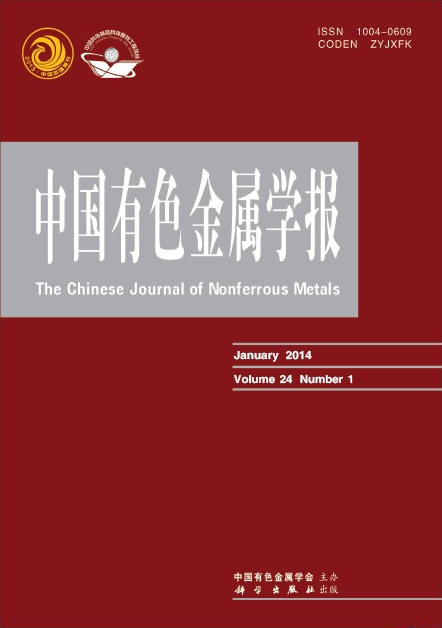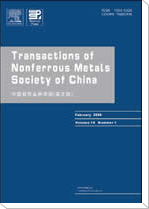(中南大学 材料学院,长沙 410083)
摘 要: 采用包渗法在Nb-10W合金基体上制备MoSi2涂层, 测试了涂层试样的1 600 ℃静态抗氧化和室温至1 600 ℃循环抗氧化性能, 分析了硅化过程中涂层的形成机理、 涂层表面和截面的形貌以及氧化后涂层成分与结构变化。 采用包渗法制备的硅化物涂层是通过反应扩散形成的, 该涂层为复合结构: MoSi2相主体层; 以NbSi2相为主、 并含少量Nb5Si3相的两相过渡区; Nb5Si3相扩散层; 该涂层结构表现出良好的高温抗氧化和抗热震性能; Si的扩散是通过空位的反应流动实现的, 空位在主体层与两相过渡区界面处聚集成微孔带, 氧化后微孔带宽度增加; 致密的低硅化物扩散层能有效地阻止裂纹向基体扩展。
关键字: 铌合金; 硅化物涂层; 二硅化钼; 包渗法; 高温抗氧化
(School of Materials Science and Engineering,
Central South University, Changsha 410083, China)
Abstract: The MoSi2 coating on the Nb-10W alloy was fabricated by pack cementation. The static at 1 600 ℃ and thermal cycling oxidation resistance properties from room temperature to 1 600 ℃ were tested. The formation mechanism, surface and cross-section morphologies of the coating were studied. The results show that the coating is multistructure including MoSi2 outer layer, two-phase zone with major NbSi2 and minor Nb5Si3, Nb5Si3 diffusion inner layer. The structure of the coating represent good high-temperature oxidation resistance and thermal shock resistance. The vacancy zone between the reservior layer and two-phase zone alleviates the heat stress to avoid cracking in the coating.
Key words: niobium alloy; MoSi2; silicide coating; pack cementation; high-temperature oxidation resistance


